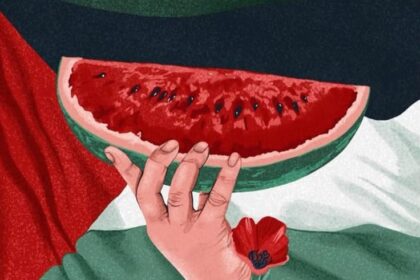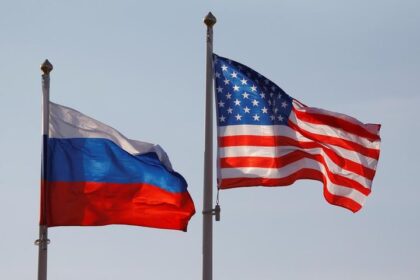In Zimbabwe, hunger has reached such extreme levels that it feels like people could eat an elephant – or 200, to be exact. That’s right! The government has announced plans to literally sacrifice the majestic giants in a desperate move to tackle the deepening hunger crisis caused by the relentless effects of the El Nino phenomenon.
Past months have seen crops destroyed and millions left on the verge of starvation, as the recurring phenomenon has resulted in the worst drought in four decades. More than 68 million people have been affected by the drought, and it is not only the humans who are suffering. Wildlife is also suffering great losses since there are few water resources left for the animals, while plants have also started vanishing.
Although the government intends to slaughter 200 elephants for a noble reason, it is certainly not a noble act. The country has one of the largest elephant populations in Africa, with over 84,000 elephants. Now, the authorities plan on hitting two birds with one stone: feeding the population and reducing the number of elephants down.
Last month, Zimbabwe’s neighbor Namibia also declared its intentions to cull 700 animals, including 83 elephants, for the same reasons. The situation created by the drought has gotten so out of control that hundreds of elephants have already succumbed to thirst and hunger in the region, while more are at risk of dying.
Another reason for the decision is that Zimbabwe has a serious problem managing its elephant population, which has outgrown the capacity of its parks. Over the years, around 200,000 elephants have thrived in the conservation area that covers five southern African countries namely Zimbabwe, Namibia, Botswana, Zambia, and Angola. This makes it one of the largest population zones for elephants in the region.
Tinashe Farawo, a spokesperson for Zimbabwe’s Parks and Wildlife Management Authority, said the country’s conservation areas can only house 55,000 elephants, far less than the 84,000 currently residing there. He said that by reducing the numbers, Zimbabwe hopes to relieve pressure on those parks and prevent deadly conflicts between humans and animals.
Last year alone, 50 people were killed by elephants as competition for resources escalated. He said that once the permit is issued, the local communities in need would be allowed to hunt some elephants.
Yet, the elephant in the room isn’t just the culling; it is the government’s spending habits.
Zimbabwe’s leadership has been severely criticized for prioritizing luxury over basic survival needs. While the local population suffers from food shortages, lack of clean water, and healthcare issues, the government continues to pour millions into luxurious items without giving it a second thought.
Just recently, the government burnt millions of dollars on new cars for chiefs, while earlier this year, a huge amount was disbursed to acquire villas and other buildings for a two-day Southern African Development Community (SADC) meeting.
It is a bitter pill for the citizens to swallow, as many struggle daily to find food, medicine, and clean water. Food and clean water shortages are impacting not only humans but also animals, worsening their struggles for survival. Critics argue that instead of resorting to drastic measures like culling elephants, Zimbabwe should be channelizing those funds into basic necessities.
Redirecting the money spent on luxury could indeed go a long way in providing essential resources for those most in need. While Farawo and others justify the culling as a necessity, animal rights activists and conservationists see things differently. They believe that killing elephants is a step backward, considering that these majestic creatures were part of a conservation success story.
They have urged the government to consider the implications of such a decision, and explore other, more humane options. For example, they have asked the government to consider selling the elephants to nations in need of bolstering their own populations. Such an approach would not only prevent the culling but could also provide funds for humanitarian aid and further conservation efforts.
Furthermore, Zimbabwe is already home to about $600 million worth of ivory stockpiles that it cannot sell due to international restrictions. So another saner solution would be to allow trade to open up new avenues of revenue. This would tackle both the human and animal crises without resorting to extreme measures.
















